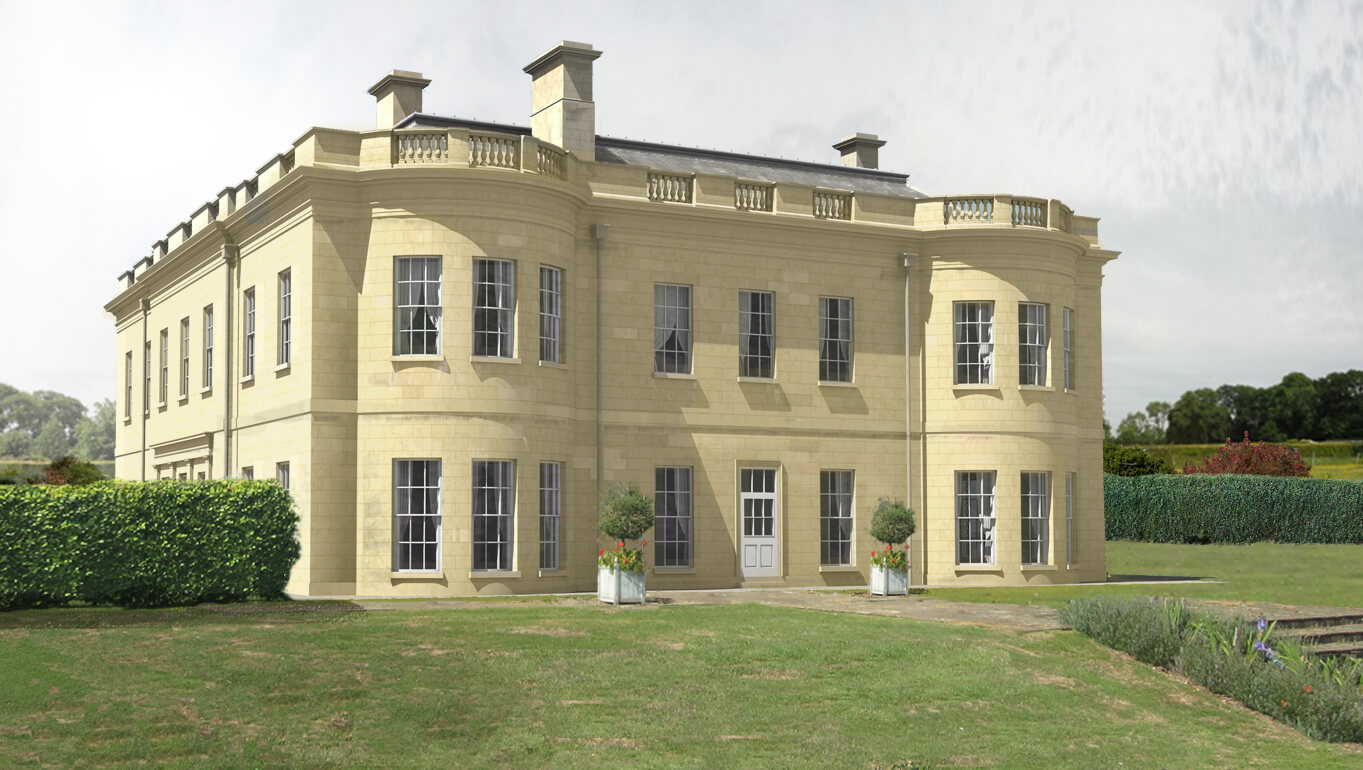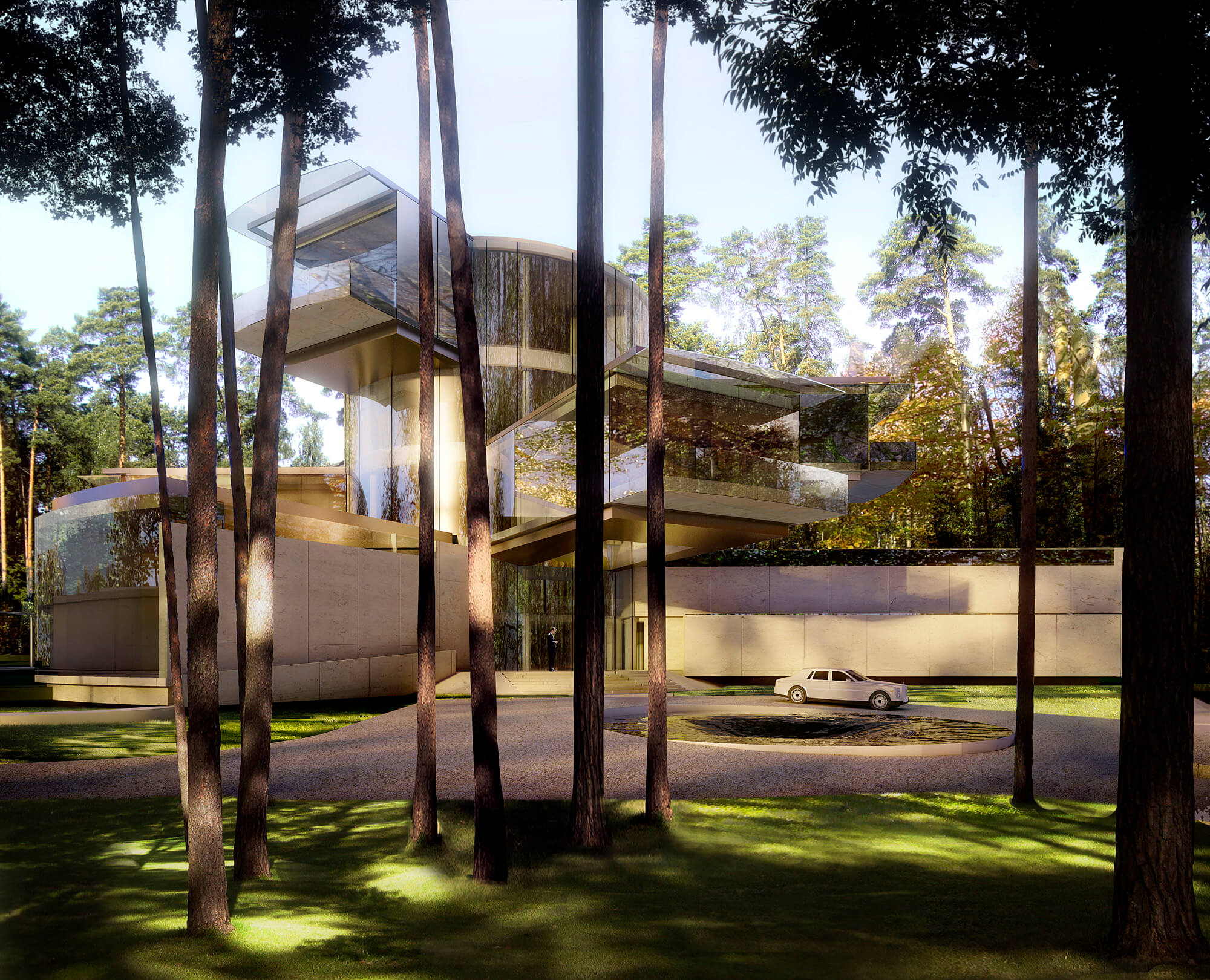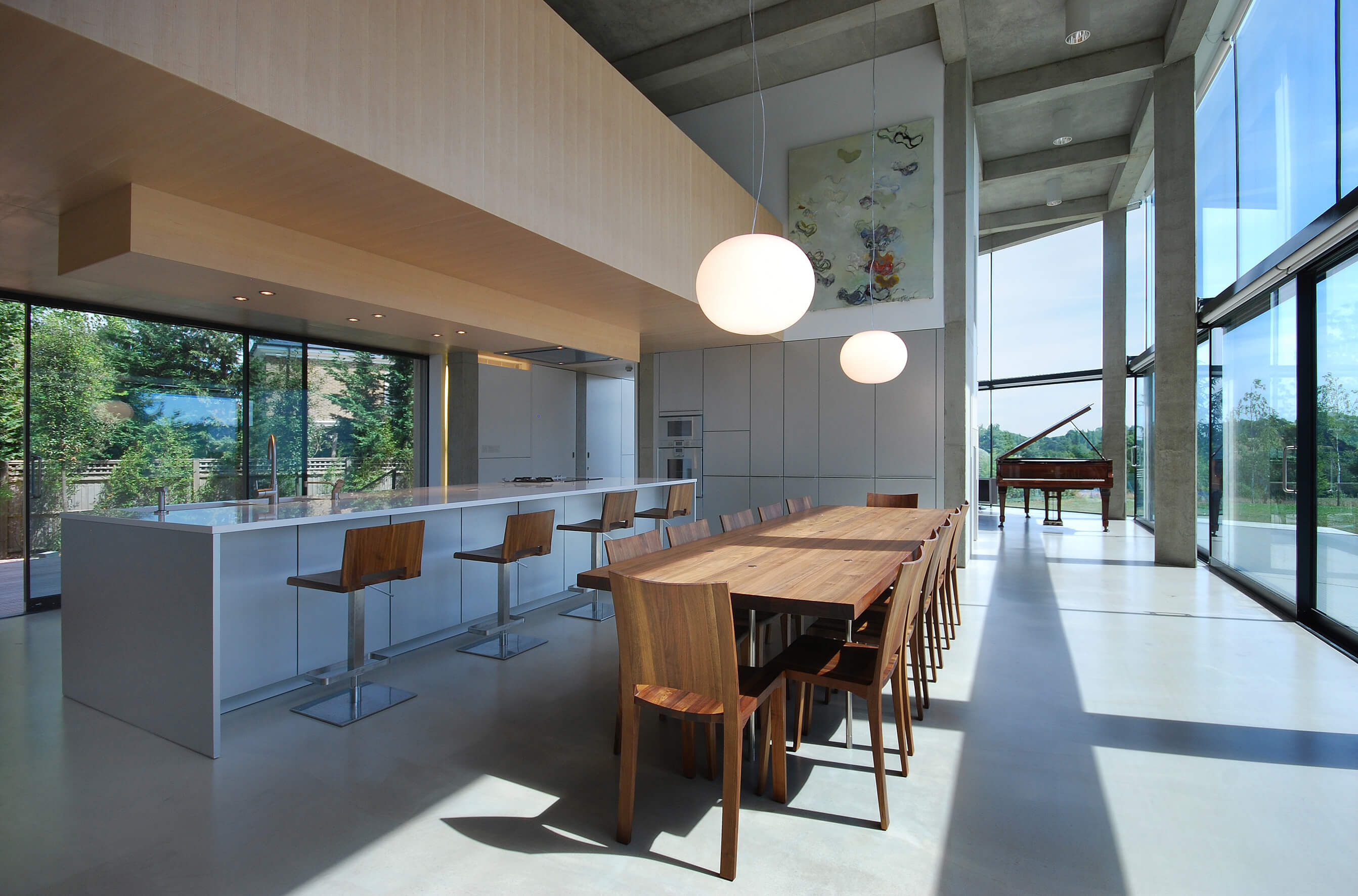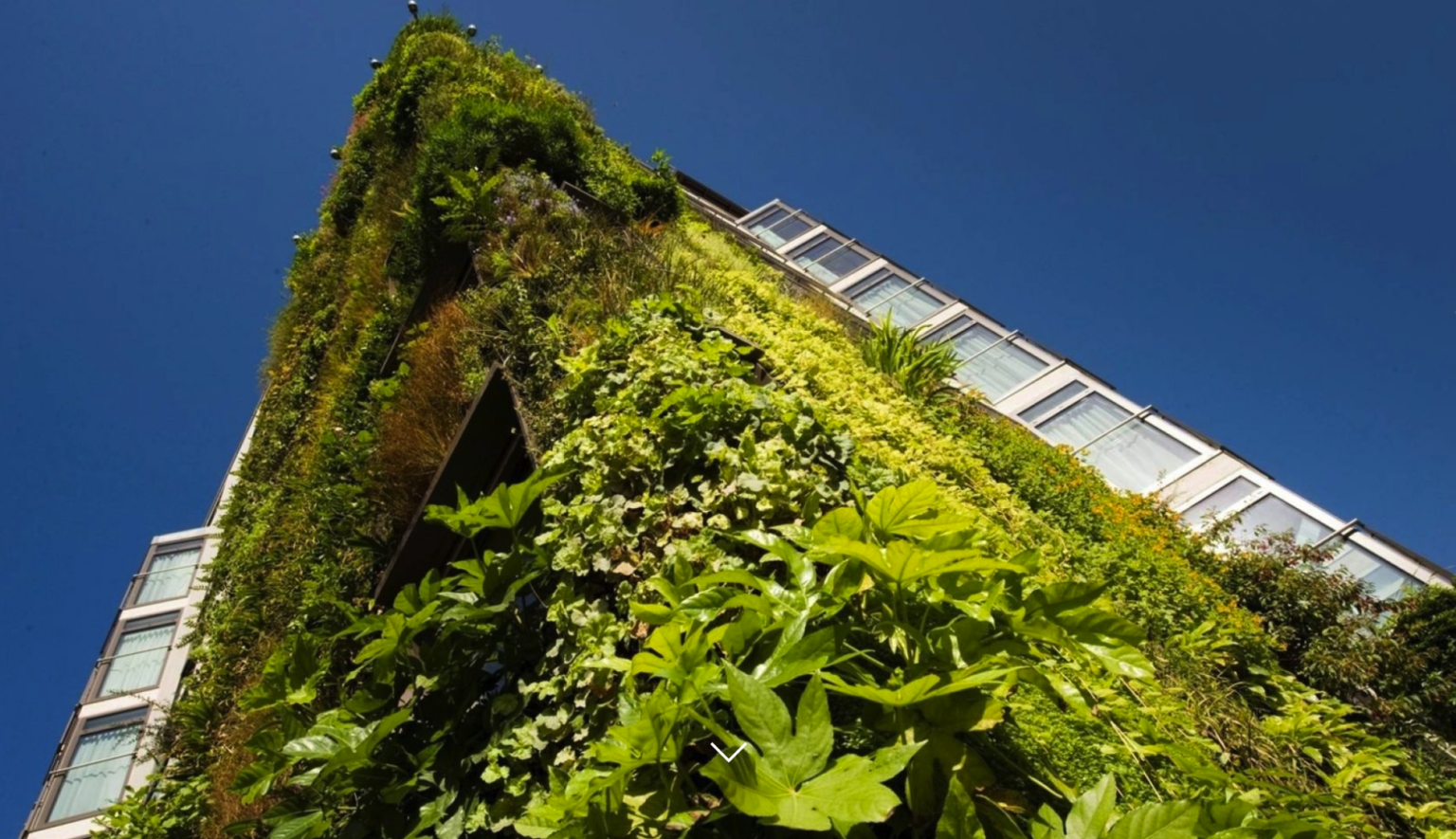BACK
IF YOU ARE BUILDING A HOUSE, WHETHER TRADITIONAL OR CONTEMPORARY, HOW DO YOU ENSURE IT IMPROVES WITH AGE AND ITS LOOKS DON’T DATE?
31 May 2022
Clive Aslet and Dominic Bradbury, distinguished architectural critics and members of RedBook’s Advisory Board, share their valuable insights.
SCROLL
WHAT MAKES EVEN NEW HOUSES FEEL OLD? BY CLIVE ASLET
One of the peculiarities of Britain is a preference for bottle age. Just as oenophiles have traditionally shown a taste for old vintages of wine, which a Continental or American might regard as over the top, so it is with houses. Freshness, novelty, sleek lines and shiny surfaces – these recommend themselves to some clients, and anyone can see they can have the wow factor, but most people prefer a settled look. They want the virtues of maturity, even in brand new homes equipped with all the technological whiz-bangs of the 21st century.
How can this be achieved? It isn’t necessarily a question of style. Some Georgian-style new builds are intrinsically raw: years can pass, but they will never age gracefully. Simply slapping on a few columns and pediments doesn’t automatically bestow the grace of former centuries. It is a question of proportions and materials. Based on a system of ideal geometry, Classical architecture feels comfortable because it is related to the scale of the human body. An over-blown MacMansion looks crass. Traditional craftsmanship and natural materials become more beautiful with age, whereas factory-made ones simply look tired.
“They want the virtues of maturity, even in brand new homes equipped with all the technological whiz-bangs of the 21st century”

Some, perhaps most architects, want to make a mark on the world, building homes that scream for attention. But a rare few are happy when people fail to notice their work. I recently visited a splendid Baroque country house which had been significantly degraded over the years, with water pouring through the roof. After what was virtually an internal rebuild, it was calm, orderly and fit for use: no one would have guessed at the substantial interventions needed to achieve this feat. The architect is delighted when visitors ask, ‘so what have you done?’
Landscape is important: mature trees and hedges will help the architecture settle into its surroundings. Unless you are building on an established site, plant the bones of the garden before you begin the house. Inside, tall ceiling heights are a joy. They aren’t generally to be found in modern houses and will evoke an earlier, more spacious age. If there’s a cornice, wires for the state-of-the-art technology through the house can be hidden behind it. The eye may not consciously notice all the refinements, but your home will simply feel as though it has always been there.
“The eye may not consciously notice all the refinements, but your home will simply feel as though it has always been there.”
WHAT DISTINGUISHES A NEWLY BUILT CONTEMPORARY HOME THAT IS DESTINED TO BE ADMIRED FOR DECADES FROM ONE THAT IS SURE TO AGE QUICKLY? BY DOMINIC BRADBURY
Building a house is a brave and optimistic act. ‘Construction is a matter of optimism,’ as the master architect Cesar Pelli once said, and ‘facing the future with confidence’. Given the extraordinary commitment involved in commissioning a bespoke home in terms of time and creativity, as well as money and resources, it is essential to feel confident about the future when the project is finished and the dream realised.
“Construction is a matter of optimism,’ as the master architect Cesar Pelli once said, and ‘facing the future with confidence”.

The idea of thinking not only about today but also tomorrow is key to the concept of creating a timeless home. A new house should not only be fully tailored to the way that you might want to live now but also ready to adapt and change over the coming years, according to shifts in age, lifestyle and family dynamics. A ‘forever home’ has to be flexible enough to accommodate such evolution, and a good house will never standstill.
Designing and building a home that could be described as both ‘modern’ and ‘timeless’ might sound like a contradiction in terms. Yet, to my mind at least, it’s not just possible but vital if we want a house or apartment that will serve us well and still bring us joy twenty, thirty or forty years down the line. A thoughtful, modern home should be adaptable and fluid, with a vibrant sense of connection between inside and outside, as well as a rich quality of light and a suitable balance between sociable open spaces and more private retreats.
“…it’s always important to distinguish between established Modernist architectural principles on the one hand and fleeting trends on the other…”
“…the timeless home will always be a more sustainable home”
But it’s always important to distinguish between established Modernist architectural principles on the one hand and fleeting trends on the other if we want a truly timeless house. A good architect will translate a client’s wishes into a bespoke home fully tailored to their needs, but there should also be careful consideration of materials, finishes and flourishes that have an enduring sense of character. The use of structural glass used for staircases, landings and bridges, for example, was very fashionable fifteen years ago yet already looks decidedly dated. By way of contrast, organic and natural materials have a personality, patina and provenance that carry through time and sit well within a contemporary approach.
Constructing any new home also carries with it a particular sense of responsibility, given its undeniable impact upon the environment. As we step away from an era of disposable architecture, the timeless home will always be more sustainable. Both architects and clients have a key role in realising this ambition. RedBook can help in the matchmaking process that results in such successful collaborations, but I would also highly recommend spending some time upfront experiencing houses that feel both modern and timeless. The holiday retreats offered by Alain de Botton’s Living Architecture collective, for example, are a perfect starting point in terms of inspiration with modern escapes by John Pawson, Peter Zumthor, Michael Hopkins and others that are contextual and thoughtful but also flexible, beautifully crafted and timeless.
Dominic Bradbury’s latest book is Dungeness: Coastal Architecture, Pavilion


